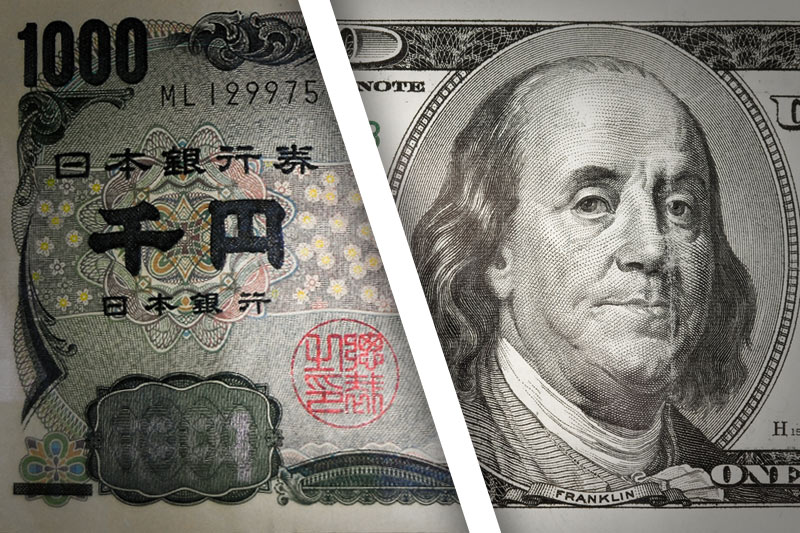Investing.com - The U.S. dollar traded lower against the Japanese yen during Wednesday’s Asian session as traders embraced the Japanese currency due to its safe-haven allure.
In Asian trading Wednesday, USD/JPY fell 0.10% to 98.66. The pair was likely to find support at 97.77, Wednesday's low, and resistance at 99.67, Friday's high.
Earlier Wednesday, the Bank Of Japan said that Japan’s corporate services price index remain unchanged last month. The July number was revised up to 0.6% from 0.4%. Analysts expected an August reading of 0.5%.
Due to lingering uncertainty about the medium-term future of the Federal Reserve’s USD85 billion-per-month quantitative easing program, the yen’s safe-haven status is proving useful for traders looking to avoid being on the wrong of any taper-driven trades.
Last Friday, St. Louis Fed President James Bullard said the Fed could decide at its October monetary policy meeting to taper its USD85 billion monthly asset-purchasing program. Bullard’s comments were followed Monday by remarks from Federal Reserve Bank of New York President William Dudley who said the U.S. economy is still not strong enough for the Fed to consider tapering.
Demand for safe-haven currencies is seen increasing because not only must the U.S. economy contend with the whims of the Fed, but a government shutdown is a real possibility of upcoming negotiations on raising the debt ceiling prove contentious.
Elsewhere, NZD/JPY slipped 0.64% to 81.21 after Statistics New Zealand said the country’s trade balance unexpectedly fell to negative NZD1.19 billion last month from negative NZD774 million in the prior month. Analysts expected an August reading of negative NZD743 million.
AUD/JPY fell 0.16% to 92.61 while EUR/JPY dropped 0.08% to 132.95.
In Asian trading Wednesday, USD/JPY fell 0.10% to 98.66. The pair was likely to find support at 97.77, Wednesday's low, and resistance at 99.67, Friday's high.
Earlier Wednesday, the Bank Of Japan said that Japan’s corporate services price index remain unchanged last month. The July number was revised up to 0.6% from 0.4%. Analysts expected an August reading of 0.5%.
Due to lingering uncertainty about the medium-term future of the Federal Reserve’s USD85 billion-per-month quantitative easing program, the yen’s safe-haven status is proving useful for traders looking to avoid being on the wrong of any taper-driven trades.
Last Friday, St. Louis Fed President James Bullard said the Fed could decide at its October monetary policy meeting to taper its USD85 billion monthly asset-purchasing program. Bullard’s comments were followed Monday by remarks from Federal Reserve Bank of New York President William Dudley who said the U.S. economy is still not strong enough for the Fed to consider tapering.
Demand for safe-haven currencies is seen increasing because not only must the U.S. economy contend with the whims of the Fed, but a government shutdown is a real possibility of upcoming negotiations on raising the debt ceiling prove contentious.
Elsewhere, NZD/JPY slipped 0.64% to 81.21 after Statistics New Zealand said the country’s trade balance unexpectedly fell to negative NZD1.19 billion last month from negative NZD774 million in the prior month. Analysts expected an August reading of negative NZD743 million.
AUD/JPY fell 0.16% to 92.61 while EUR/JPY dropped 0.08% to 132.95.
